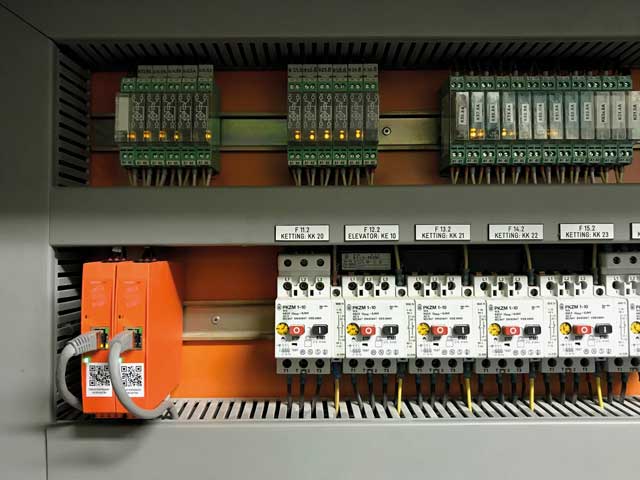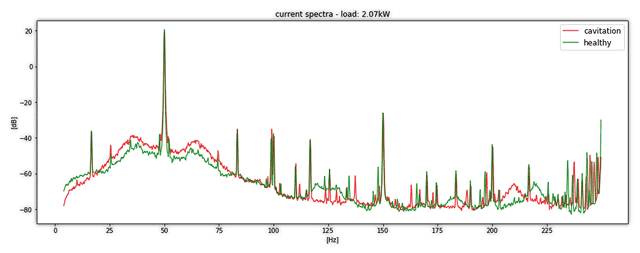
Maintenance teams are turning to predictive maintenance technologies driven by motor current signature analysis (MCSA) as an alternative to traditional vibration-based solutions. Semiotic Labs chief commercial officer Simon Jagers explains.
Vibration analysis is a form of predictive maintenance that has been widely used since 1938, when the first scientific publication was published. Today, over 95% of condition monitoring solutions are based on this technology. Vibration sensors are installed on the asset being monitored (this could be anything from a conveyor to a blower or a pump) and the sensors record the vibrations emitted by the asset. Once a fault begins to develop, the asset will start to emit a slightly different set of vibration signals, and these signals can be translated into fault alarms.
Vibration-based technologies are common but the technology isn’t ideal: it’s expensive to install, and doesn’t scale well. This is why solutions based on motor current signature analysis (MCSA), which measure the current drawn by the asset’s electric motor, are beginning to challenge the dominance of vibration analysis by offering a more accurate, easier to use, and ultimately more valuable alternative.
How MCSA works
As well as causing changes in vibration patterns, a developing fault will cause distortions in the current drawn by the motor. MCSA systems measure the current sine wave constantly, searching for these distortions. Once a distortion is found, the system will alert the maintenance team to the presence of a fault. For example, the diagram below shows a healthy pump compared with one where cavitation is occurring. The rise in magnitude at the band of frequencies around the supply frequency of 50Hz indicates cavitation.

Advanced systems (such as SAM4, the system developed by Semiotic Labs) measure voltage as well as current in order to provide even higher levels of fault detection (including belt misalignment and voltage imbalance), automatic fault classification (using artificial intelligence), and identification of the severity of the fault. This gives maintenance teams an indication of the specific fault, as well as how long they have to fix it.
Advantages of MCSA + voltage systems
There are three principal reasons why MCSA + voltage systems are beginning to replace traditional vibration analysis in industrial environments around the world.
A primary motivation is that MCSA + voltage systems provide greater accuracy in fault detection than vibration-based systems. MCSA + voltage systems are able to detect both mechanical and electrical faults. Vibration-based systems, on the other hand, are often unable to detect electrical faults until a much later stage, leaving less time to respond.
Vibration-based systems do not take the asset’s mechanical load into account. Consider a pump, when the incoming water becomes muddier. The pump must suddenly work harder, which means its vibration signature will change. If the load is unknown, it can be hard to decide whether this change is the result of a changing load or an indication of a failure. But the load on the pump is reflected in the power drawn by the motor, which depends on the current and voltage, both of which are measured by MCSA + voltage systems. They can therefore match this change to a corresponding change in load and avoid a false alarm.
The second reason is that MCSA + voltage provides a more reliable way of monitoring an asset. Vibration sensors are installed directly on the asset in the field. If the asset that you need to monitor is operating in a hazardous environment, those conditions could damage or destroy the vibration sensor. For MCSA + voltage systems, the sensors are installed inside the motor control cabinet, which is a safe and temperate environment that enables reliable data collection.
The third reason is that MCSA + voltage systems provide the information necessary to reduce the electricity that your assets consume. They can indicate whether electric motors are correctly sized for their processes, and whether a process is inefficient by design. This can allow a plant’s electrical efficiency to be improved.
In short, MCSA + voltage systems provide more accurate fault detection, more reliable asset monitoring, and insights for optimising energy use.
For more information, download the Semiotic Labs condition monitoring comparison guide at www.semioticlabs.com/en/condition-monitoring-comparison.

